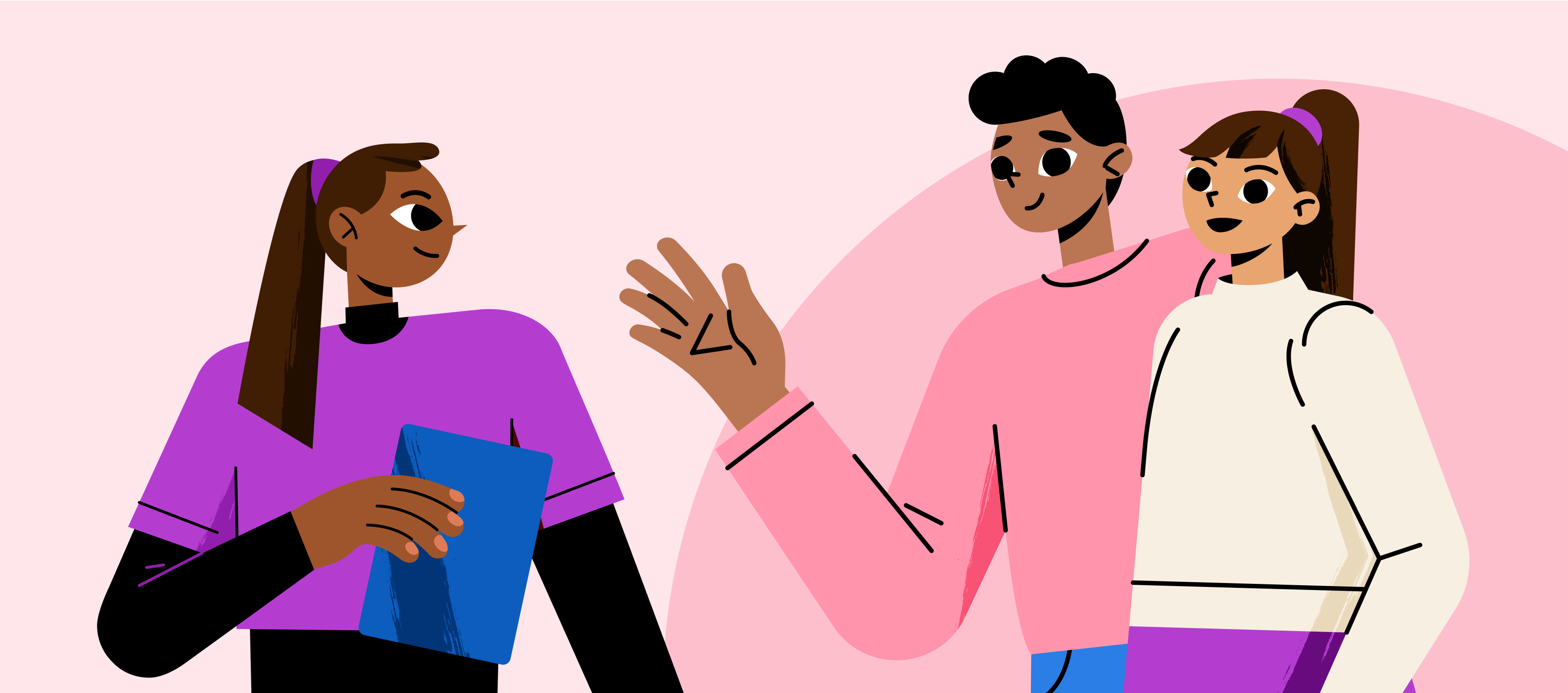If you’ve ever tried to wrangle a room full of middle schoolers into loving reading, you know it’s a bit like herding cats—cats who may or may not have strong opinions about “Diary of a Wimpy Kid.” At Seneca Middle School in South Carolina, school librarian Cassie Moore and sixth-grade ELA teacher Amber Russell faced the same challenge: how to get all students, from avid readers to reluctant ones, from multilingual learners to students with dyslexia, to see themselves as part of the school’s reading culture.
Their solution? Build a culture where every reader counts, every page (or minute!) matters, and every student feels recognized. And with the help of Beanstack, they did just that.

From Strive for 25 to Something More
For years, Seneca Middle School ran the “Strive for 25” program, encouraging students to read 25 books in a school year. While participation was strong, 75% of students took part, Cassie noticed something troubling: entire groups of students were left out.
“Where were our multi-language learners? Where were the students who struggled to finish even one book? Where were those with dyslexia?” Cassie asked.
That realization was the turning point. With Amber by her side, she reimagined Seneca’s reading initiatives, ensuring that inclusivity wasn’t just a buzzword but a foundation.
How Seneca Middle School Made Reading Inclusive
Seneca Middle School shifted its program with a few powerful but doable strategies:
1. Track Minutes, Not Just Books
For some students, finishing five or 25 books feels impossible. But 20 minutes before bed? It's totally doable. Beanstack made it easy to log minutes across all types of reading—graphic novels, audiobooks, Marvel comics, and even classroom read-alouds.
2. Foster Friendly Competition
Middle schoolers thrive on a bit of rivalry (and bragging rights). By setting up grade-level competitions in Beanstack and announcing winners, Cassie and Amber turned reading into a team sport.
3. Lead by Example
Teachers and librarians didn’t just encourage reading; they modeled it. Sharing their own book recommendations, reading alongside students, and logging minutes in Beanstack helped normalize reading for fun.
4. Recognize, Recognize, Recognize
Whether it was freeze pops, a shout-out during morning announcements, or simply seeing their name on a leaderboard, recognition became the most powerful motivator. As Amber put it: “We just want to see our names.”
5. Encourage Peer-to-Peer Learning
Students taught each other how to use Beanstack, spreading enthusiasm and lowering barriers. Because sometimes the best tech support is your classmate.
The Results Speak for Themselves
After adopting Beanstack, Seneca Middle School saw participation jump to 96%. That’s nearly the entire student body logging reading and celebrating together! Even better, students who had once felt excluded—multi-language learners, reluctant readers, or those with learning differences—were suddenly part of the action.
Teachers also benefited from using Beanstack’s data to personalize support and better understand each student’s progress.

Celebrating Every Reader
This year, they’re dreaming big with a school-wide reading celebration. Picture it: a bounce house, a DJ, food trucks, and yes—even a quieter morning celebration for those who prefer a calmer space. Their collective goal? One million minutes read. But as Cassie said, “However far we get, we’re going to celebrate.”
That attitude is the heart of inclusivity: every effort counts, every reader matters, and every milestone deserves recognition.
What Other Schools Can Learn
Seneca Middle School’s journey shows that inclusive reading cultures aren’t created by accident—they’re built with intentional strategies, tools like Beanstack, and a willingness to rethink what success looks like. By making participation accessible, tracking progress in flexible ways, and celebrating every reader, schools can ensure that no student is left on the sidelines. As Cassie reflected:
“Equity leads to liberation, and I feel like Beanstack is knocking down the need for an AR score or all of these other things that put a fence around students and reading.”
At the end of the day, reading isn’t about hitting arbitrary numbers; it’s about fostering a lifelong love of stories, knowledge, and curiosity. And that’s something worth celebrating.
Ready to make your reading culture more inclusive? Learn how Beanstack can help your school celebrate every reader, every time.
